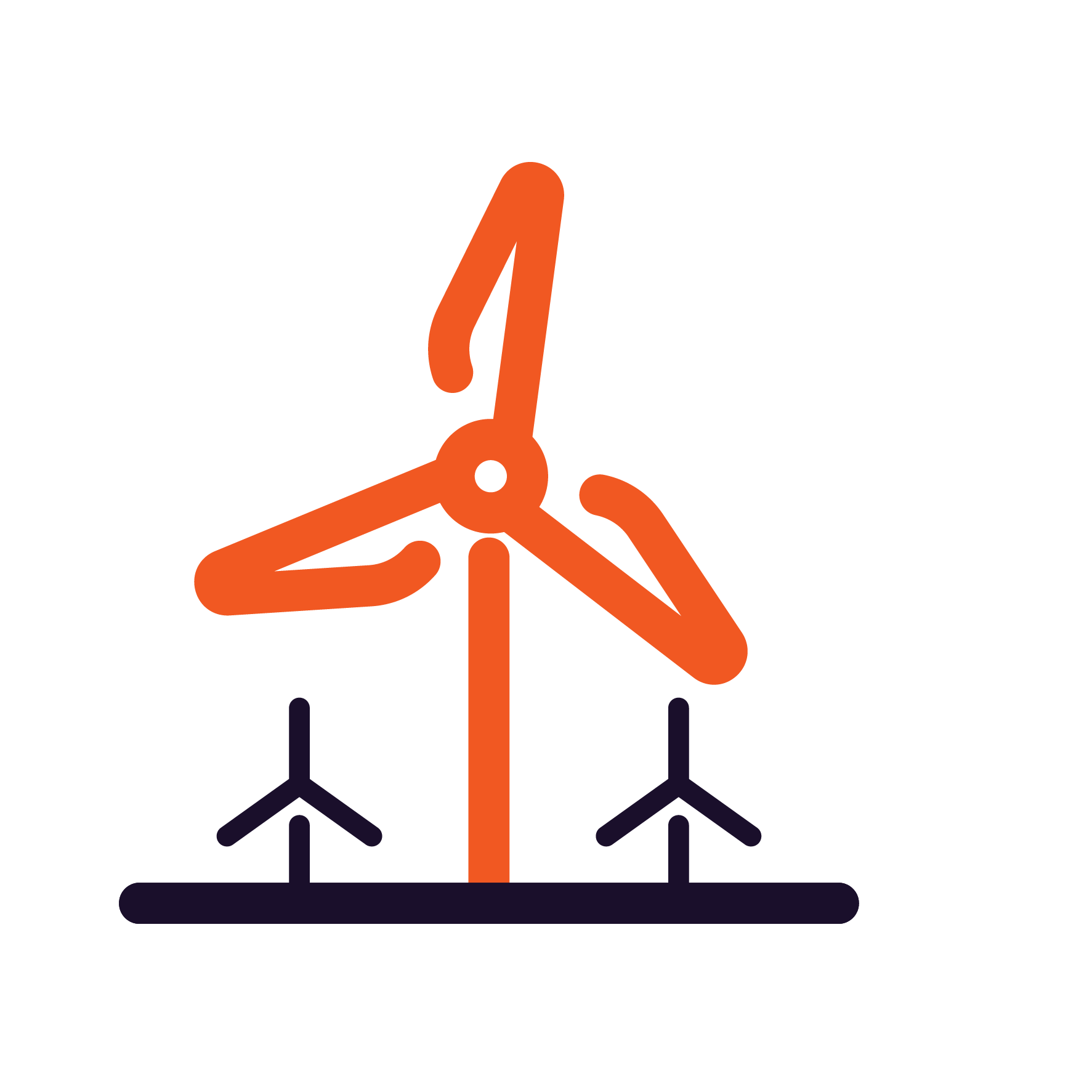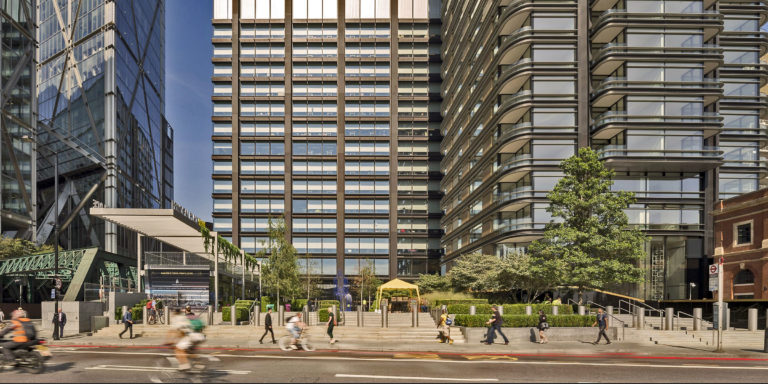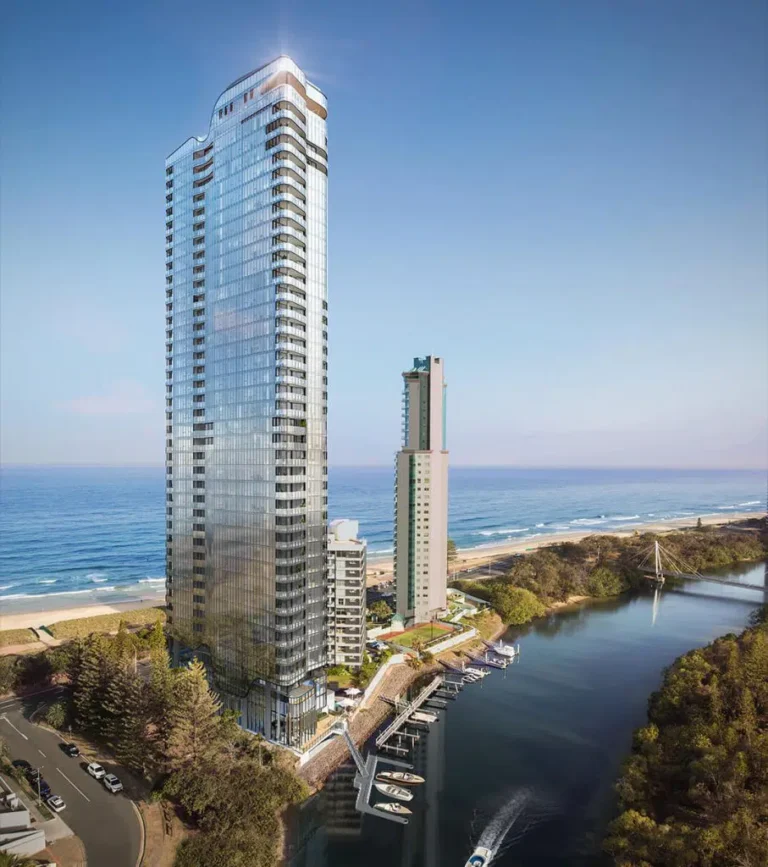The Doulton
The historic 1980s Royal Doulton manufacturing site has been transformed by Third.i into The Doulton – a premium mixed-use building that boasts a health and wellness facility, private offices, three new storeys, and luxury apartments with floor-to-ceiling, double-height glass windows with views of the iconic London skyline.
BG&E provided materials, structural, and façade engineering services to the adaptive reuse heritage project – ensuring structural safety and performance enhancements while preserving 90% of the original building, resulting in a significantly reduced carbon footprint.
Due to limited information on the existing building, a key challenge of the project was understanding the structure’s present behaviour and performance, in relation to the proposed design. To combat this, BG&E’s materials team combined destructive and non-destructive materials tests to ensure a comprehensive dataset for structural analysis.
Using this data, our buildings team developed a Finite Element (FE) model that accurately replicated the behaviour of the existing building.
The testing included
- Electromagnetic cover scanning to identify embedded reinforcement location and cover.
- Rebound hammer survey as per BS EN 12504-2:2021.
Location
Client
Key Outcomes
Ensured a comprehensive dataset for structural analysis via destructive and non-destructive materials tests.
Using this data, our buildings team developed a Finite Element (FE) model that accurately replicated the behaviour of the existing building.
Preserved 90% of the original building, resulting in a significantly reduced carbon footprint.






